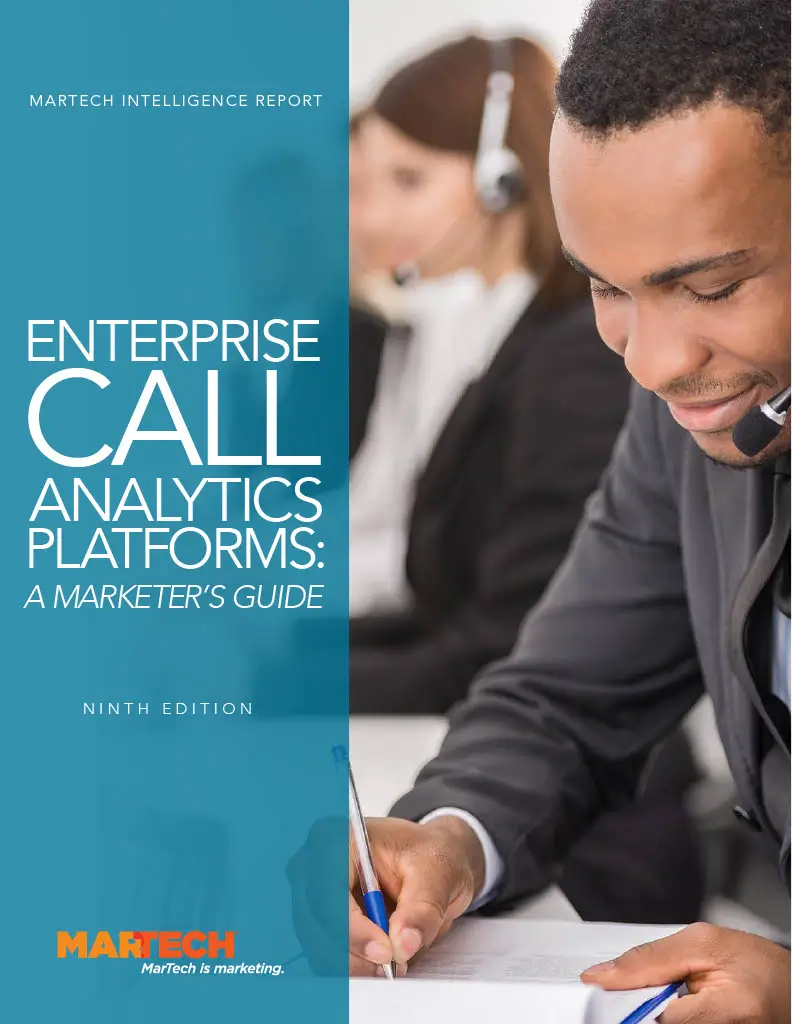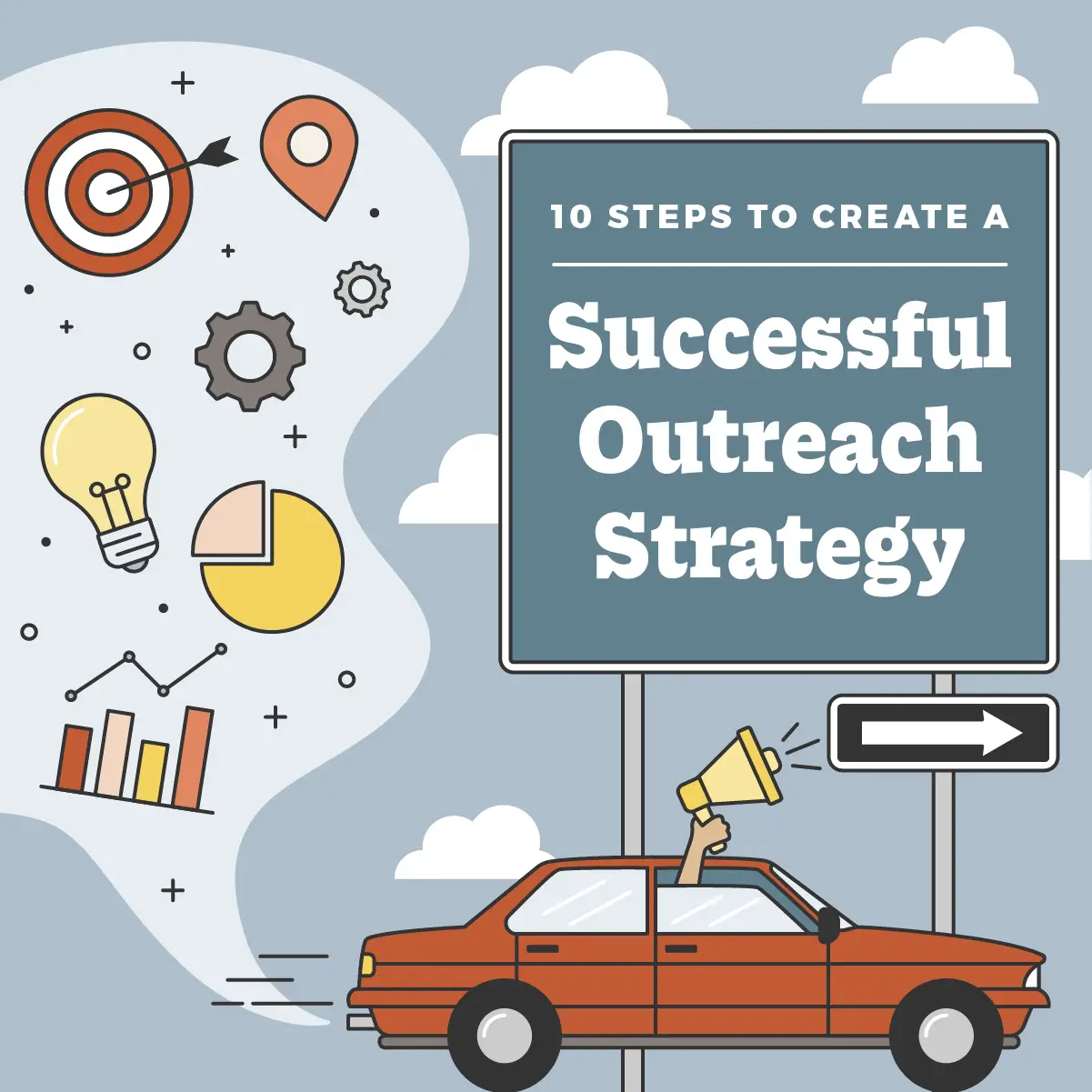5 Key Takeaways from the Call Analytics Platforms: A Marketers Guide Copy

The Call Analytics Platforms Guide is here! Even better news – we read it (that’s right, all 42 pages), and summarized 5 of our favorite takeaways to share and learn from.
1. The phone call is not dead
These days, you might be hearing more and more that people have become averse to phone calls, in lieu of email and chat. In actuality, the Call Analytics Platform Report states that in the midst and aftermath of COVID, U.S. consumers are using the telephone more than ever before.
“As the pandemic first took hold, Verizon network data showed phone calls increased by 20% as people were connecting more over the phone than in person. That percentage has remained steady with phone calls now coming in at almost 19% above pre-pandemic times. Today the duration of those calls also remains significantly higher, with people talking almost 29% longer.”
2. The phone call is still a key part of the consumer buying journey
While chatbots and email are also becoming more prominent aspects of the consumer buying journey, phone calls are still extremely important for two main reasons:
- Depth of information that is possible (chatbots often fall short here)
- Immediacy of information (email often falls short here)
Following a search, many consumers that are seeking additional information follow it up with a phone call (especially in retail verticals like farm equipment, water heaters and windows), where they are either seeking a timely or more detailed response.

As stated in the Call Analytics Guide:
“Eighty-five percent of marketers believe inbound calls are a key component of their organization’s digital-first strategies, according to Forrester Research. In addition, 84% of marketers report that phone calls convert at a higher rate and with larger average order sizes when compared to other engagement channels. And there are plenty of those phone calls occurring. More than 80 million calls are driven directly from Google Search ads each month, according to Google’s internal data.”
3. Call Analytics platforms are expanding their use-cases
Call analytics platforms are becoming a must-have for marketers. Initially, the entire use-case of call analytics was to be able to listen to phone calls and make decisions based off of those recordings. In the past few years, call analytics has greatly expanded their offerings to include the following:
- First-party database building: cookies are going away, 1st party data is more valuable than ever.
- Customer journey attribution: understanding online and offline attribution between marketing sources.
- Marketing campaign optimization: with access to more data, marketers are able to optimize campaigns based off of granular details such as specific keywords that are driving quality calls.
- Audience segmentation and targeting: calls are recorded, AI-based models are able to determine the characteristics of the most promising callers.
- Personalized, intelligent lead routing: calls are able to be routed based on several factors such as time zone to give the caller the most personalized experience possible.
- Sales rep coaching and development: ability to evaluate sales performance and flag lost opportunities in real time.
- Integrations with chat applications and SMS messaging: some main players are even expanding their conversational analytics platforms to include chat as well as SMS messaging.
4. Voice-assistant usage across the board increased following the pandemic
The same technology that is being used to implement and enhance phone analytics is also the technology that is utilized for smart speakers. The technology that was initially used only for the purposes of “Alexa, play this song,” is now also expanding its horizons into other applications.
While the primary uses still remain playing music, weather, directions, games, and setting alarms, about one-third of users are using voice activated virtual assistants to find local businesses, while a quarter of users are using them to order food.
AI-driven technologies including smart speakers are also driving mobile calls to businesses, although the marketing value of these calls is still being debated – stay tuned.

5. AI-driven speech analytics and intelligent call scoring / routing is the future
There are some features through call analytics that are important to have as marketers, such as customer journey attribution. And then there are some that are just down-right futuristically cool. Enter, AI driven speech analytics & intelligent call scoring.
AI-driven speech analytics:
Call analytics technology has evolved from providing basic analytics to providing “conversation intelligence” based on AI-driven algorithms that do the following:
- Transcribe calls to text
- Extract and predict caller intent
- Measure caller tone, sentiment and emotion
- Analyze and “spot” keywords, phrases and speech pattern for positive or negative signals of conversion intent
- Automatically assess and score leads
Intelligent call scoring:
Machine learning-based or “intelligent” lead scoring and routing systems are now being used to do the following:
- Optimally route a call to the rep or location most qualified to close a sale or complete a conversion action (i.e. make an appointment)
- Automatically qualify and distribute calls to the appropriate sales rep or departments based on variables such as caller source, geography, demographics or intent
- Prequalify callers before they are routed to a rep through a short series of automated questions
These are truly examples of AI not replacing humans, but providing data that enables a human to work more efficiently and ultimately provide a better customer experience to the user on the other side of the phone.

This is also exactly what Smith.ai aims to do – bridge the gap between AI and human beings. While we want to continue strengthening our AI, we also know that humans are at the forefront and heart of everything that we do.
Get started with Smith.ai today
Smith.ai’s virtual receptionists take the concept of "answering service" to another level. We pre-screen potential clients, schedule appointments, take payments, complete intake forms, make outbound calls and much more. We also offer many of the call intelligence features that were discussed in the above blog.
You can get started today risk-free with our 14-day money-back guarantee or book a 30-minute consultation to explore options that best suit your business needs.
Click here to download the full Enterprise Call Analytics Platforms: A Marketer's Guide
Related Posts

















.svg)
